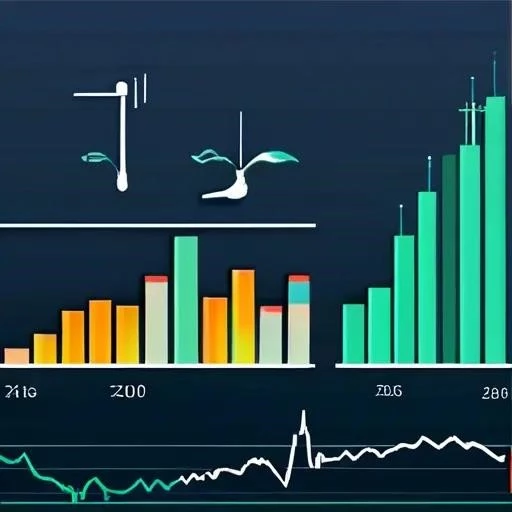Purchasing a new car is an exciting experience. However, a common question that arises for new car owners is whether they need to “break in” the engine. This practice, also known as “running in,” involves following specific guidelines during the initial miles to ensure optimal engine performance and longevity. Let’s delve into the details of engine break-in, exploring its importance and modern recommendations.
The Importance of Engine Break-In for New Cars
Engine break-in is the process of allowing the engine components to properly seat themselves and wear together during the initial miles of operation. This ensures optimal performance, reduces the risk of premature wear, and contributes to a longer engine lifespan.
Why Was Engine Break-In More Critical in the Past?
Historically, engine break-in was considered crucial due to manufacturing tolerances and the quality of materials. Here’s why:
- Tighter Tolerances: Older engines had looser tolerances, meaning greater variation in the fit between parts.
- Material Quality: The quality of metals and lubricants was not as advanced as it is today.
- Manufacturing Processes: Machining processes were less precise, resulting in rougher surfaces.
Modern Engine Technology and Break-In Procedures
With advancements in manufacturing techniques, materials, and engine design, the necessity of a strict break-in period has diminished. However, a gentle approach during the initial miles remains advisable.
What Do Manufacturers Recommend Today?
While the traditional “no hard acceleration” rule might not be as critical, most manufacturers still provide recommendations for the first few hundred miles. These typically include:
- Avoid High RPMs: Keep the engine speed below a specified RPM limit (often around 4000 RPM).
- Vary Engine Speed: Avoid sustained periods of constant speed, especially on the highway.
- Avoid Hard Braking: Gradual braking is recommended to allow the brake pads to properly seat.
- Check Fluid Levels: Regularly monitor oil, coolant, and other fluid levels.
FAQ: Engine Break-In
Here are some frequently asked questions about breaking in a new car engine:
| Question | Answer |
|---|---|
| Is engine break-in still necessary? | While not as critical as in the past, a gentle approach is still recommended by most manufacturers. |
| What happens if I don’t follow the break-in procedure? | You may experience reduced engine performance, increased oil consumption, or premature wear in the long run. |
| Where can I find the recommended break-in procedure for my car? | Refer to your owner’s manual for specific instructions from the manufacturer. |
| How long is the break-in period? | Typically, the break-in period lasts for the first 500 to 1000 miles. |
Modern engine technology has drastically improved manufacturing tolerances and material quality, making the strict break-in procedures of the past less critical. However, even with these advancements, adhering to the manufacturer’s recommendations during the initial miles is still a wise decision. Following these guidelines helps ensure optimal engine performance, longevity, and overall reliability. Taking it easy on your new engine during the break-in period can contribute to a smoother, more enjoyable driving experience for years to come. Therefore, consulting your owner’s manual and practicing a moderate driving style during those crucial first miles is a worthwhile investment in your car’s future.




